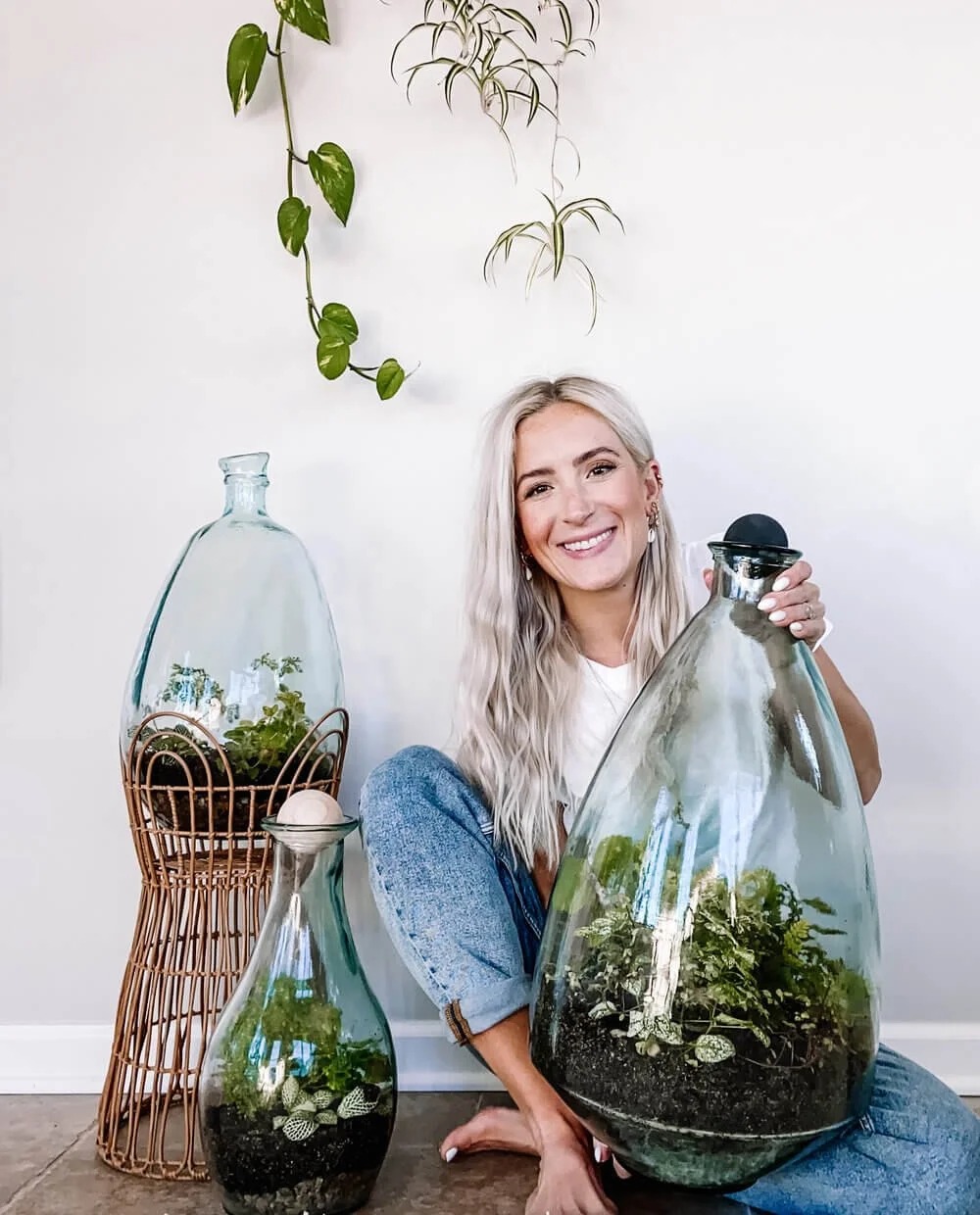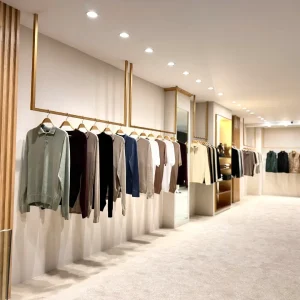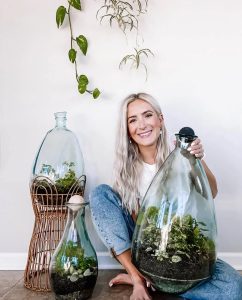
Introduction
A Self Sustainable Ecosystem is a miniature world where life sustains itself without human intervention. One of the most captivating examples is a closed jar containing Opae Ula shrimp. These tiny shrimp are the key to a thriving Self sustainable ecosystem, maintaining balance through their natural behaviors. Watching a Self Sustainable Ecosystem in action provides insight into how organisms, water, plants, and microorganisms interact to create a self-sufficient environment.
The Role of Shrimp in a Self Sustainable Ecosystem
In a Self Sustainable Ecosystem, Opae Ula shrimp act as both consumers and recyclers. They feed on algae and biofilm, preventing overgrowth that could destabilize the ecosystem. The shrimp produce waste, which becomes nutrients for plants and microorganisms. This cycle is essential for sustaining a balanced Self Sustainable Ecosystem. Without shrimp, the ecosystem would struggle to maintain itself, demonstrating the shrimp’s vital role in natural balance.
How a Self Sustainable Ecosystem Functions Naturally
A Self Sustainable Ecosystem relies on the interaction of light, plants, water, and shrimp. Plants and algae perform photosynthesis, producing oxygen and food. The shrimp feed on algae and other organic matter while their waste decomposes into nutrients that support plant growth. Microorganisms further break down these materials, maintaining a clean and balanced environment. In this way, the Self Sustainable Ecosystem continues to function indefinitely without outside assistance.
Benefits of a Shrimp-Based Self Sustainable Ecosystem
A Self Sustainable Ecosystem with shrimp offers numerous advantages. It requires no feeding, water changes, or filtration, making it ideal for busy individuals or educational settings. Shrimp movement adds dynamic life to the ecosystem, enhancing visual appeal and relaxation. Additionally, a Self Sustainable Ecosystem demonstrates ecological principles, helping viewers understand the interconnectedness of organisms and the importance of maintaining environmental balance.
Setting Up a Shrimp Self Sustainable Ecosystem
Creating a Self Sustainable Ecosystem is simple. Begin with a clean glass jar and add a layer of substrate. Introduce live aquatic plants, a few Opae Ula shrimp, and dechlorinated water. Place the jar in indirect sunlight to allow photosynthesis without overheating. Over time, algae will grow naturally, shrimp will feed, and microorganisms will recycle waste—establishing a fully functional Self Sustainable Ecosystem.
Educational Value of a Shrimp Self Sustainable Ecosystem
A Self Sustainable Ecosystem provides hands-on learning opportunities. Observing shrimp behavior, algae growth, and plant development teaches about ecological cycles, energy flow, and nutrient recycling. Schools and science enthusiasts often use shrimp-based Self Sustainable Ecosystem jars to demonstrate the principles of sustainability and interdependence in ecosystems. It’s an interactive way to connect theoretical concepts to real-life examples.
Long-Term Sustainability of a Shrimp Self Sustainable Ecosystem
When properly set up, a Self Sustainable Ecosystem can last for many years. Opae Ula shrimp are hardy and can survive decades in sealed jars. The ecosystem maintains its own balance, with plants producing oxygen, shrimp controlling algae, and microorganisms recycling nutrients. This longevity makes the Self Sustainable Ecosystem a low-maintenance, eco-friendly choice for homes, offices, and classrooms.
Why Shrimp Are Perfect for Self Sustainable Ecosystems
Opae Ula shrimp are ideal for a Self Sustainable Ecosystem because of their resilience, small size, and minimal oxygen requirements. They thrive in low-maintenance environments and contribute directly to the ecosystem’s stability. Their presence ensures that the Self Sustainable Ecosystem remains vibrant and balanced, providing both aesthetic beauty and functional purpose.
Conclusion
Shrimp are the heart of a Self Sustainable Ecosystem, transforming a simple jar into a self-maintaining miniature world. Their natural feeding and waste production cycles sustain plants and microorganisms, creating a perfectly balanced environment. Owning a Self Sustainable Ecosystem with shrimp allows you to observe life thriving independently, offering a unique blend of education, relaxation, and natural beauty. It’s a living testament to how even the smallest creatures can maintain harmony in a closed ecosystem.



